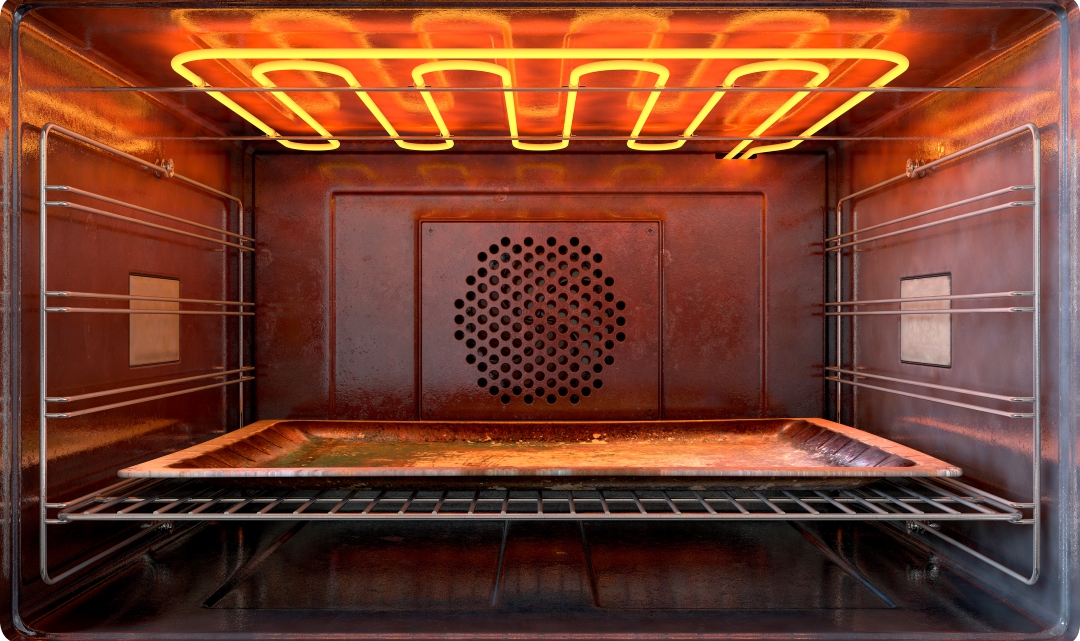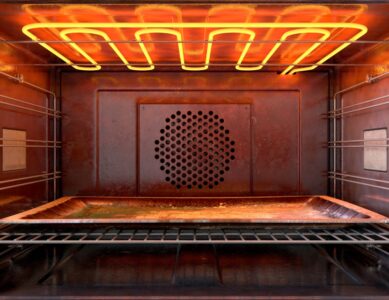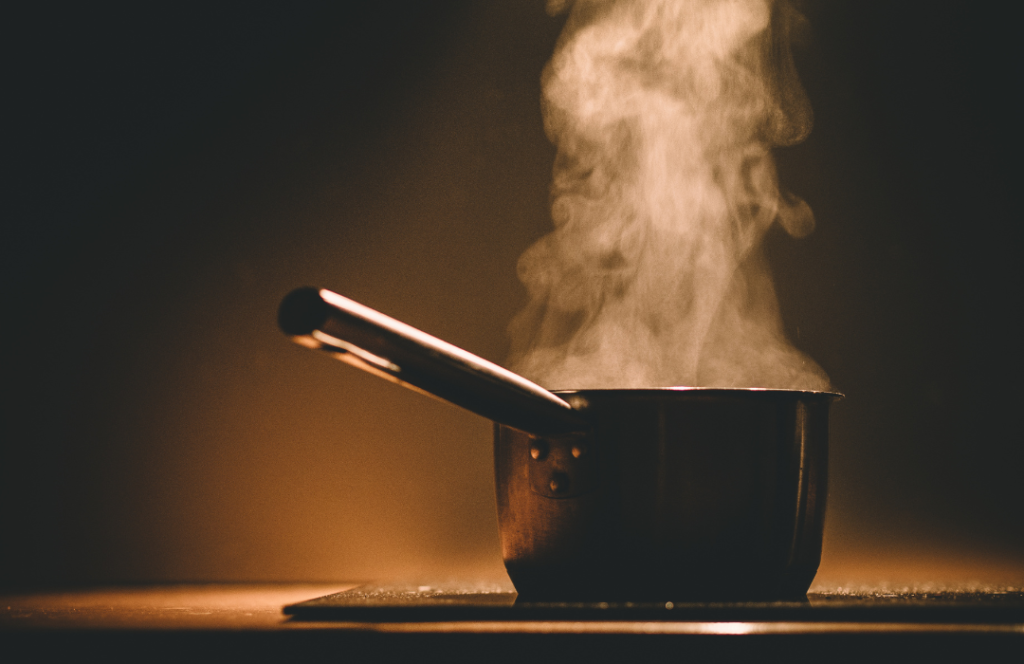Which food do you heat in the oven, which on the cooker and which in the microwave? And do you make any distinctions at all? There are many ways to heat your dishes. But what is actually best? To be able to assess this, you have to look at various factors. Which option costs the least energy? Which takes the least time? And which variant is actually best for the food that is being heated? Are there any health factors that need to be taken into account? All of this is discussed in this article.
1. microwave, cooker, oven - the technical differences
The microwave heats food by electromagnetic radiation that sets the water molecules in the cells of the food in motion. This creates frictional heat that heats the food from the inside out.
With a cooker, the food is heated step by step: First, the pot or pan is heated by a gas flame or an electric hot plate. Then this heat spreads and is subsequently transferred to the food.
Like the cooker, the oven heats the food from the outside by direct heat transfer. Here, air is additionally blown through the oven, which enables even heating from all sides, in contrast to the microwave, where heating is rather uneven.
2. if you heat your food this way, you save most of the time
Open the microwave, put the dish in, wait a few minutes until you hear a "pling" and the meal is ready! Is it really that simple and is the microwave always the fastest and most practical option? Because the food is heated directly from the inside in the microwave and the heating does not take place in stages (first the stovetop, then the pot), it is usually quicker. In second place is the cooker. An induction cooker in particular can heat your dishes quickly because the plate is not heated first, but the heat is generated directly at the bottom of the pot or pan. Of course, it also depends somewhat on which foods are being heated. Soups are heated up comparatively quickly and are ideal as a meal when things have to be done quickly. You can find delicious and, above all, healthy soups at www.bleibwacker.com. Whether single or in the PackageYou decide. Because of the long shelf life, they are also a good stock purchase 🙂 So what are you waiting for?
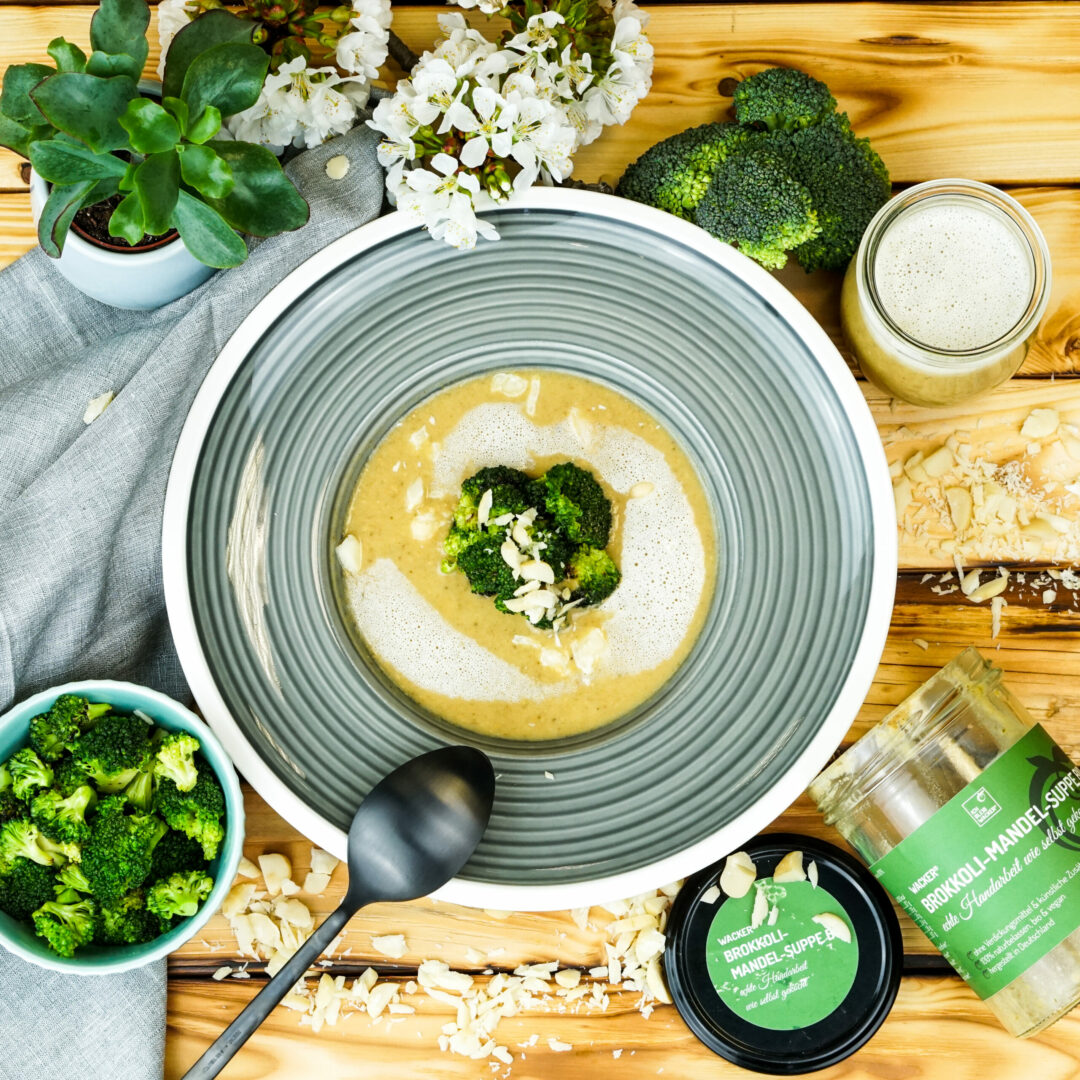
The stove brings up the rear in terms of heating time. This is because a larger room (the entire oven) has to be heated here. Nevertheless, it also depends on the amount of food. A microwave is great for one portion, but if you want to feed an entire family, for example, the cooker is the better option in terms of time. With a microwave, you would have to heat up each plate individually. In a pot or pan, the whole portion can be heated at once.

3. which variant is the most energy-efficient?
The energy loss with the microwave is low because the heating takes place in the food. This means that not much energy is released into the environment. The microwave is particularly suitable for small amounts of food that are spread flat on the plate. This allows the food to be heated both more quickly and more energy-efficiently. In contrast, with the cooker, there is a higher energy loss due to the gradual transfer of heat. With the induction cooker, on the other hand, the lossy step of heat transfer from the plate to the pot or pan is omitted. This makes it more energy-efficient. Covering the pot and pan can also save energy, as less heat escapes from the pot and is lost. Another tip: Do not heat your food continuously on a high setting, but turn down the heat beforehand. Often the residual heat is enough to keep the dish warm. The oven should use about twice as much energy as the cooker. By the way, the oven does not necessarily have to be preheated. If you do without it, you can save time and energy.

4. unlike the cooker or oven, the vitamins are lost in the microwave - is that really the case?
First of all: When food is heated, it loses vitamins. It cannot be said that more vitamins are destroyed in the microwave than in the other two variants. The heating time has no influence on vitamin loss, but the temperature does. Rapid heating at a high temperature therefore destroys more vitamins than gentle heating. The problem with the microwave is rapid heating at a high temperature. On the cooker or in the oven, the temperature can be increased slowly and regulated better. In the best case, minerals and dietary fibres are spared. For the microwave, this means the following: Try to heat your dishes at a lower wattage and for a longer time rather than on the highest setting.
Besides vitamins, antioxidants also play an important role. Spanish scientists in the Journal of the Science of Food and Agriculture reported the following result: broccoli lost about 85 % of its antioxidants when cooked, but only 6 % when cooked in steam. Cook foods like broccoli for a few minutes at temperatures of around 70 degrees. Foods that are susceptible to bacteria, however, prefer to cook longer and at higher temperatures.
In addition, there are foods that it is better not to reheat or for which certain factors should be taken into account, as these are susceptible to bacteria and germs, for example. These form especially at room temperature. You should be careful with mushrooms, spinach, beetroot, celery, rice, potatoes, egg dishes, meat and fish. If you cool your food quickly after preparation and then put it in the fridge quickly, you can usually reheat it. When reheating, you should heat these foods to at least 70 degrees for 2 minutes. It is best to do this on the cooker or in the oven, as your food is heated evenly and germs and bacteria can be killed.
| Food | You should pay attention to the following during preparation | Here is what you should pay attention to when warming up |
|---|---|---|
| Meat | Do not prepare in microwave. Cook thoroughly in pan or oven, fry or grill. | Reheating is OK if it has been completely cooked beforehand. When reheating, heat evenly and well on all sides. |
| Fish | Do not prepare in microwave. Cook thoroughly in pan or oven, fry or grill. | Reheating is OK if it has been completely cooked beforehand. When reheating, heat evenly and well on all sides. |
| Egg | Do not prepare in the microwave. Food with peel/ skin and liquid core can explode there (also tomatoes, grapes). | Since the proteins change when they cool down, eggs should not be reheated. |
| Pasta, rice, potatoes | – | Can form germs and bacteria. Cool quickly, store in the refrigerator and heat evenly. |
| Mushrooms | – | Can form germs and bacteria. Cool quickly, store in the refrigerator and heat evenly. Dispose of after one day at the latest. |
| Spinach | – | Nitrite can form at room temperature. Cool quickly, store in the refrigerator and heat evenly. Also applies to beetroot and celery. |
By the way, resistant starch can form in starchy foods when they cool down. This transforms some of the high-calorie starch from carbohydrate to fibre, so that the food then contains fewer calories and keeps you fuller longer.

5 Microwave radiation - Does it harm your health?
Last but not least, let's talk about microwave radiation. Is this really dangerous or do you not have to worry about it? There are, of course, safety regulations for microwave ovens, including emission limits set by the Federal Office for Radiation Protection that must not be exceeded. In the meantime, however, it has been scientifically proven that intact devices do not promote cancer. Nevertheless, it is never wrong to keep a distance.
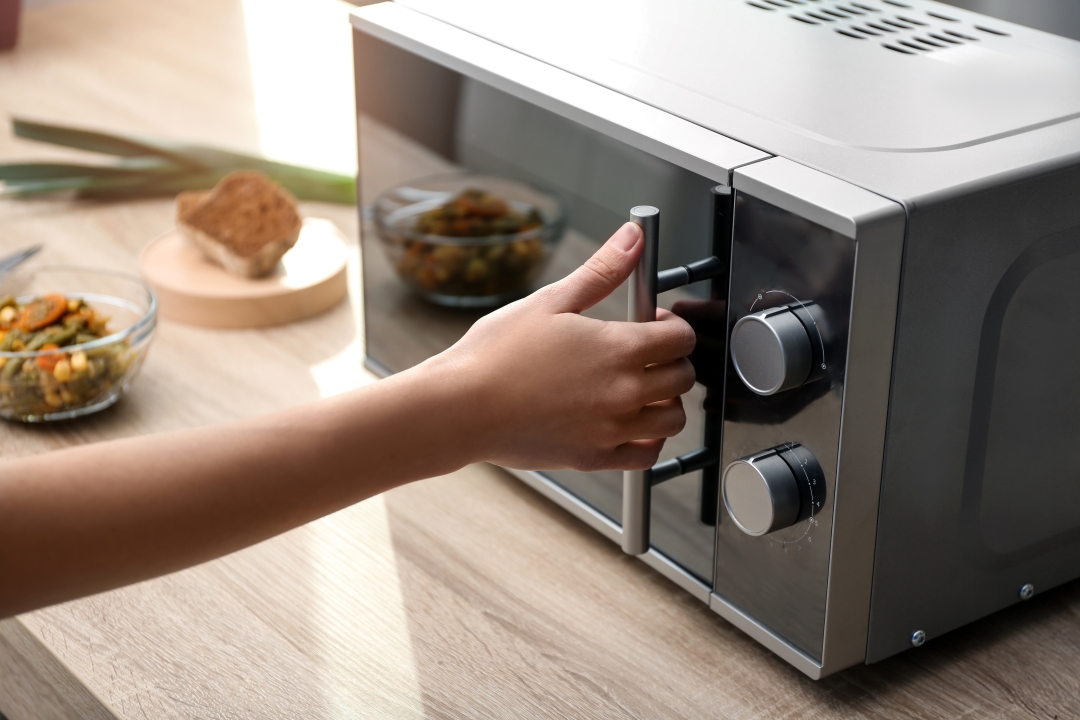
6 Conclusion: Which appliance is best suited for heating food?
It is not possible to make a general statement about which appliance is best suited for heating food, as this depends on several factors. It depends on both the quantity and the type of food. In terms of energy, the microwave may make the most sense, but depending on the quantity, the cooker may be the better option. The type of preparation can also have an impact on taste. In any case, it can be said that heating food is not necessarily harmful to health. If you keep our tips in mind, you can't really go wrong.
Sources: GEO, Focus, Oekotest, Galileo, MDR
Oven image: Adobe Stock, alswart, #199984998
Image Microwave: Adobe Stock, New Africa, #256103090

